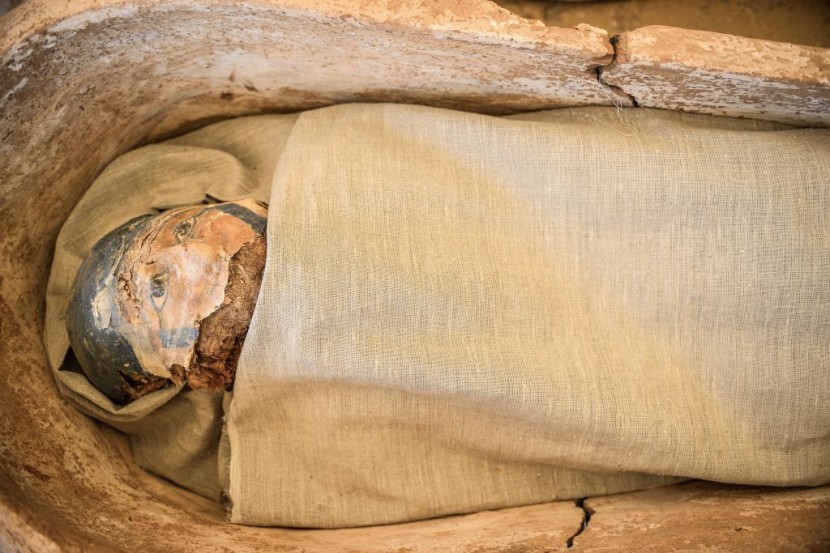
Scientists have always thought that ancient Egyptian mummification was to preserve the corpse of the dead for eternity, but it's still cold as a dead body as it seems.
Egyptian Mummification Meant for Grander Destiny
The concept of keeping a corpse for eternity, which the Egyptians call mummifying after passing away, might be reconsidered. A coming museum exhibit will indicate the new hypothesis, and the way a royal corpse was entombed is a way to guide the soul to become a god, reported Live Science.
According to the Manchester Museum in England, scholars from the University of Manchester are bringing to light the widespread misunderstanding as an aspect of arrangements for a presentation titled "Golden Mummies of Egypt," which begins early next year. It is known that making mummies according to their thesis makes previous notions of why the process was even done.
According to Campbell Price, the curator of Egypt and Sudan, it is a total reverse of everything. One of the questions is how long the idea lasted so long? Price added the idea came from Victorian researchers that assumed their discoveries about this period were like keeping fish preserved, like salting fish as preserving corpses.
It was cited that salt was part of the ancient Egyptian mummification process. It was explained as keeping fish preserved when it needed to be eaten. How the process for fish was done is the same for these Egyptians.
A salty compound that is different from preserving fish is used for the mummifying process. It is called natron, a combo of several salty compounds plentiful in lake beds close to the Nile used for that purpose.
Price remarked that natron is used for sacred purposes in ritualistic temple ceremonies on god statues, for cleaning purposes.
Holy Substance Abundant in Egypt Used To Preserve a Corpse
Incense, according to Price, is one other item used with mummies and given as a gift to the gods. An example is frankincense and myrrh; it was incorporated into the Christian story when Jesus was born. They were part of the gifts from the Three Wise Men; as in ancient Egyptian history, they were reserved for only the gods. Another word for incense used to denote it in ancient Egypt is senetjer which means to become divine when translated, per UCL.
Burning incense inside a temple to worship a god makes it a holy place. If the same thing is done on a corpse with incense resins to make it divine and a god eventually. Preserving is only a need.
Victorian Egyptologists think that ancient Egyptians would require their earthly flesh to reach the afterlife. It makes mummifying a logical process to start with.
One more idea from the Victorian era is the body is a requirement in the afterlife and a biomedical obsessiveness too. Removal of the organs was more complex, and the body became a divine statue after that, which is a transformation to godhood.
Most of the time, the mummies have a sarcophagus like the dead person inside. Egyptian masks are meant to reach the form desired and cover their real faces in life.
All items like burial masks, panel pictures, and the coffin align with the idea of burial; they are also proof of the process.
The goal of ancient Egyptian mummification was not preserving corpses but preparation for the next stage of ascent to divinity, with no organs and incense compound, with idealized form as needed for godhood.
Related Article : Archaeologists Discover Pyramid Housing Unknown Egyptian Queen with Countless Mummies, Close to King Tut's Tomb








